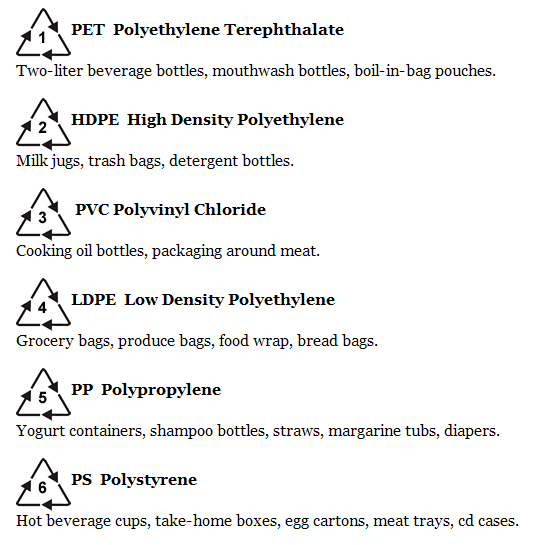|
Environmental Impact Abated
|
Over 23 MILLION TONS of the world’s yearly trash load every year is plastic. Sure, it is not all sprues, rejected models or their parts, but uncaring modelers do impact their environment.
 Consider: Plastics are so durable that they will not rot or decay as do natural products such as those made of wood. As a result great amounts of discarded plastic products accumulate in the environment as waste. They do not burn easily; instead, they melt and simply accumulate at the bottom of the incinerator.
Consider: Plastics are so durable that they will not rot or decay as do natural products such as those made of wood. As a result great amounts of discarded plastic products accumulate in the environment as waste. They do not burn easily; instead, they melt and simply accumulate at the bottom of the incinerator.
As municipal landfills reach capacity and additional landfill space diminishes across the United States, alternative methods for reducing and disposing of wastes—including plastics—are being explored. Some of these options include reducing consumption of plastics, using biodegradable plastics, and incinerating or recycling plastic waste.
By weight, plastics make up about 11 percent of America’s municipal solid waste. In comparison, paper makes up about 35 percent.
Here are the different types of plastics that have a detrimental impact on the environment:

Of course, plastics are generally very lightweight. When plastics are buried in a landfill, they occupy about 25 percent of the space. Putting plastics into landfills is not always the best disposal method. There are two other alternatives: recycling and incineration.
These methods recover some of the value from the plastic. Recycling recovers the raw material, which can then be used to make new plastic products. Incineration recovers the chemical energy, which can be used to produce steam and electricity. Land filling plastics does neither of these things. The value of land filled plastic is buried forever.
Plastic is a pervasive feature of our everyday life - love it or loathe it. A medium for art and craft must be able to be shaped to suit the desires and needs of the artists/craftsperson.
Plastic material offers varied composition and qualities; they come in so many colors and forms, it shouldn't surprise us that the creative individual should see plastic as an exciting opportunity.
Here's a use for sprue as a "plastic putty" for filling gaps or gouges in your model's surface.
First-- Cut up some plastic sprue. I prefer to shave it thinly from the sprue frame. If it is not fine enough, the whole process won’t work. It needs to be thin and small enough to be dissolved by the liquid plastic cement. Then place it into a glass container.
Then--. Add some liquid plastic model cement to the plastic particles. Add enough for the plastic to get completely wet. Let it sit for a minute or two , stirring it around with a metal sculpting tool occasionally. (Your plastic goop won't stick to a metal tool). Once it looks like thick paint, you are ready to apply it.
TEST IT FIRST—The mixture you have created can have different results with different materials. Please try it first on a piece of scrap or an unseen portion of your model
Now--. Smooth the “goop” over the gaps to be filled so it acts like putty. Be careful around details, as this stuff will eat them. Also, don’t add too much at one time. You can “glop” more of the goop into area that has already cured Large areas will require several applications of the “putty”. Leave it to cure overnight.
Finally--. Sand the cured “putty” smooth with your favorite technique for the type of surface you are working.
NOTE: Large areas cannot be filled in one application, as the plastic goop would simply melt too much of the model area you intend to fill.
Also, only mix as much as you are going to use. You can’t really save it for additional uses.
Quick-Finder




